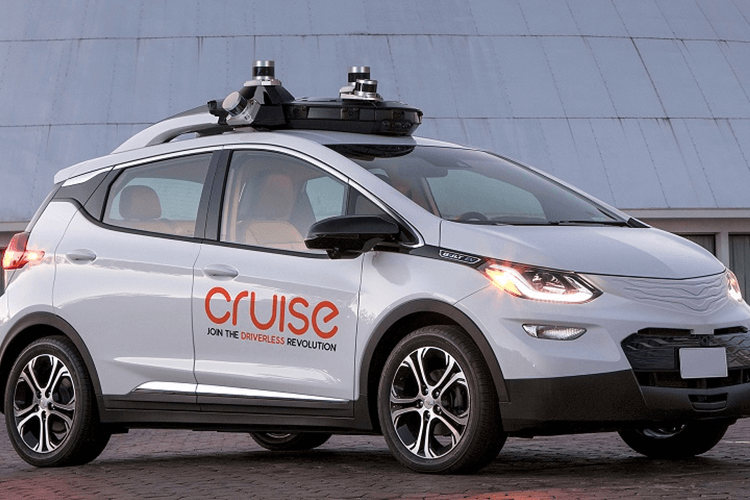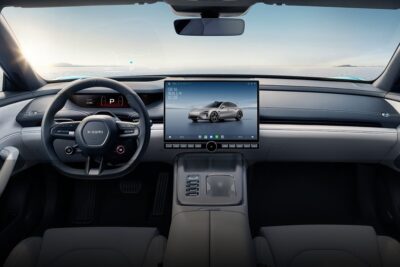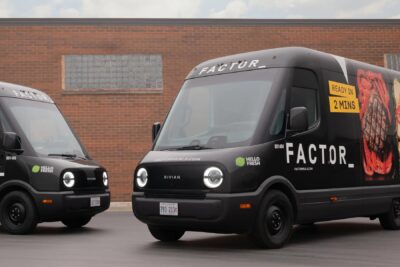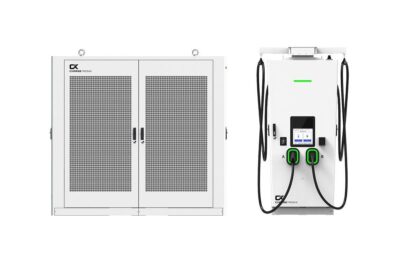Robotaxi provider Cruise loses operating licence in California
The DMV states that it outlined “the steps needed to apply to reinstate [Cruise’s] suspended permits.” Tests with a safety driver are not affected by the decision. Cruise does not yet operate its shuttle called Cruise Origin, but Chevrolet Bolt electric cars are equipped with additional sensors. In our update below, we report the fines and consequences the company faces one year on from the accident and changes to the executive team.
It remains to be seen whether or when the permits will be reinstated. At this point, authorities deem the vehicles “not safe for the public’s operation.” And there is a second aspect, which could weigh even heavier: The DMV accuses Cruise of misrepresenting the safety of the technology.
The decision comes after several accidents involving Cruise’s autonomous driving technology. In August, a Cruise robotaxi collided with a fire truck that was on its way to a scene – sirens and all – because the traffic light was green. A few weeks later, there was a slight collision with a pedestrian who had stepped in front of the robotaxi despite the latter having a green light. The system tried to avoid the pedestrian and brake, but it came into contact with the pedestrian at a speed of 2 kph.
The most recent known accident occurred at the beginning of October. After an accident with another car, a female pedestrian was apparently thrown in front of the approaching robotaxi. Although the latter braked immediately, it was unable to stop in time and the woman became trapped under the vehicle. However, the robotaxi probably did not recognise this. As a result, the car pulled over (as intended in the programming) and dragged the trapped woman along for several metres.
It was only in the summer that both the GM subsidiary Cruise and Google’s Waymo received approval to use their driverless shuttles throughout the San Francisco metropolitan area. Waymo is not affected by the current decision and is allowed to continue using its vehicles. Therefore, it is a major setback for Cruise. It only recently announced that, together with parent GM and Japanese partner Honda, it also plans to offer a driverless ride-hailing service in Tokyo from 2026.
Update 4 October 2024:
According to Carscoops – now one year on from the accident where a pedestrian was dragged by the Cruise prototype autonomous vehicle – the National Highway Traffic Safety Administration (NHTSA) has fined Cruise 1.5 million US dollars as a consequence of apparently withholding important information about an accident.
According to the NHTSA and a report from Reuters, the former CEO of Cruise, Kyle Vogt and chief operating officer Gil West were too slow to respond to the accident to ascertain vital information and failed to gather “key information” from witnesses at the scene. In the resulting investigation, Vogt only wanted to show the NHTSA an edited four-second clip of the accident. The company now has to submit a corrective plan to the public authority in addition to the fine.
The US publication Carscoops also reports that nine top-ranking Cruise executives have been fired from the company since the accident around this time last year.
dmv.ca.gov, cnbc.com Update: carscoops.com





0 Comments